- sort orderDefault
Photo title, A → Z
Photo title, Z → A
✔ Date created, new → old
Date created, old → new
Date posted, new → old
Date posted, old → new
Visits, high → low
Random - Google Map
- map
 home / Insecta · vabzdžiai / Coleoptera · vabalai / Carabidae · žygiai / Blethisa multipunctata · daugiataškis žygis
home / Insecta · vabzdžiai / Coleoptera · vabalai / Carabidae · žygiai / Blethisa multipunctata · daugiataškis žygis

-
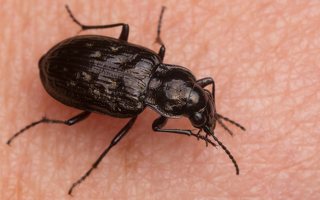 Blethisa multipunctata · daugiataškis žygis
Blethisa multipunctata · daugiataškis žygis
-
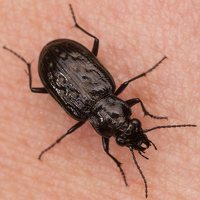 Blethisa multipunctata · daugiataškis žygis
Blethisa multipunctata · daugiataškis žygis
-
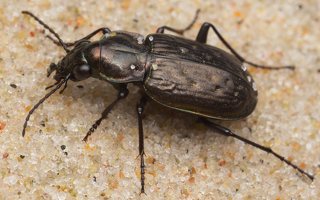 Blethisa multipunctata · daugiataškis žygis
Blethisa multipunctata · daugiataškis žygis
-
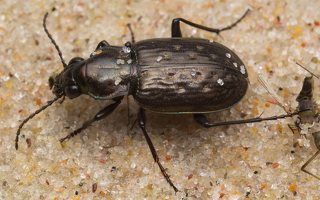 Blethisa multipunctata · daugiataškis žygis
Blethisa multipunctata · daugiataškis žygis
-
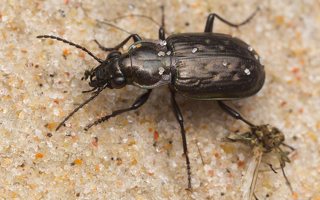 Blethisa multipunctata · daugiataškis žygis
Blethisa multipunctata · daugiataškis žygis
-
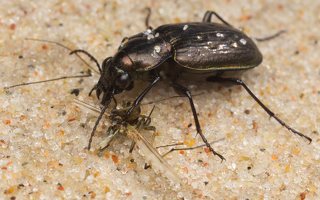 Blethisa multipunctata · daugiataškis žygis
Blethisa multipunctata · daugiataškis žygis
-
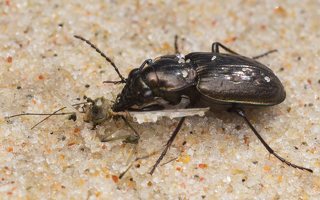 Blethisa multipunctata · daugiataškis žygis
Blethisa multipunctata · daugiataškis žygis
-
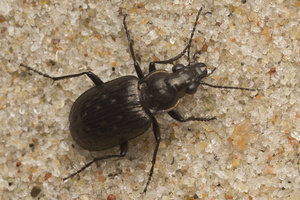 Blethisa multipunctata · daugiataškis žygis
Blethisa multipunctata · daugiataškis žygis
-
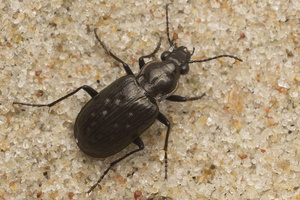 Blethisa multipunctata · daugiataškis žygis
Blethisa multipunctata · daugiataškis žygis
-
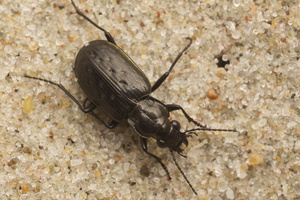 Blethisa multipunctata · daugiataškis žygis
Blethisa multipunctata · daugiataškis žygis
-
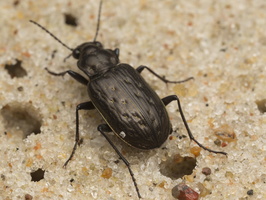 Blethisa multipunctata · daugiataškis žygis
Blethisa multipunctata · daugiataškis žygis
-
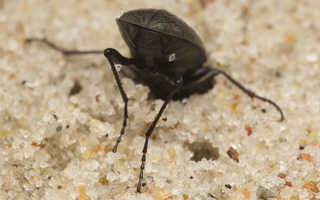 Blethisa multipunctata · daugiataškis žygis
Blethisa multipunctata · daugiataškis žygis
-
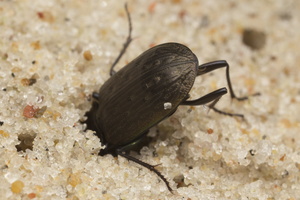 Blethisa multipunctata · daugiataškis žygis
Blethisa multipunctata · daugiataškis žygis
-
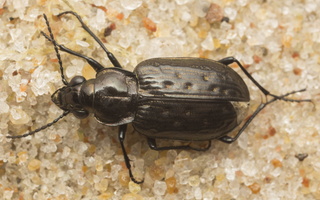 Blethisa multipunctata · daugiataškis žygis
Blethisa multipunctata · daugiataškis žygis
-
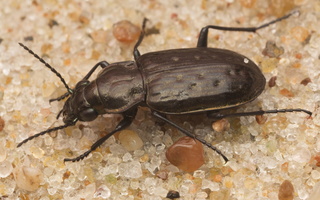 Blethisa multipunctata · daugiataškis žygis
Blethisa multipunctata · daugiataškis žygis
-
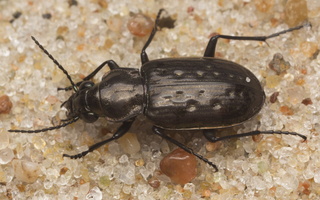 Blethisa multipunctata · daugiataškis žygis
Blethisa multipunctata · daugiataškis žygis
-
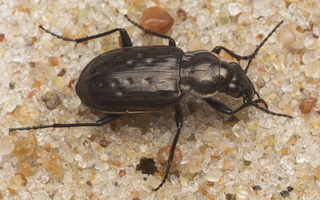 Blethisa multipunctata · daugiataškis žygis
Blethisa multipunctata · daugiataškis žygis
-
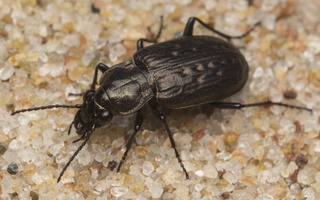 Blethisa multipunctata · daugiataškis žygis
Blethisa multipunctata · daugiataškis žygis
-
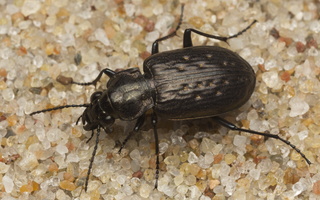 Blethisa multipunctata · daugiataškis žygis
Blethisa multipunctata · daugiataškis žygis
-
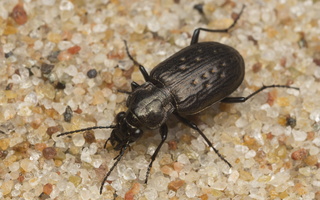 Blethisa multipunctata · daugiataškis žygis
Blethisa multipunctata · daugiataškis žygis
-
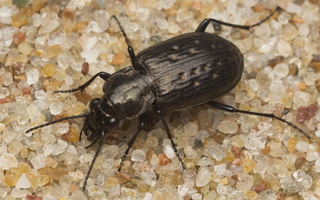 Blethisa multipunctata · daugiataškis žygis
Blethisa multipunctata · daugiataškis žygis
-
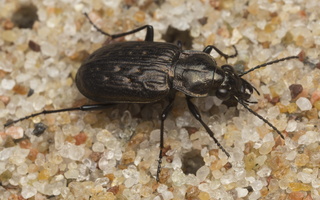 Blethisa multipunctata · daugiataškis žygis
Blethisa multipunctata · daugiataškis žygis
-
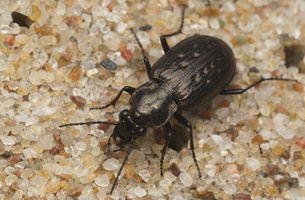 Blethisa multipunctata · daugiataškis žygis
Blethisa multipunctata · daugiataškis žygis
-
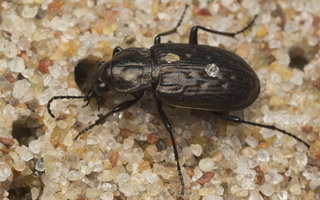 Blethisa multipunctata · daugiataškis žygis
Blethisa multipunctata · daugiataškis žygis
Blethisa multipunctata · daugiataškis žygis
- Narbenkäfer
- monipistekiitäjäinen
- daugiataškis žygis
- grote oeverloopkever, gestippelde loopkever
- mässingsgroplöpare, stor groplöpare
ukbeetles.co.uk/blethisa-multipunctata
A widespread northern Holarctic species occurring from lowland to mountain altitudes, represented through most of the Palaearctic region by the nominate subspecies and in Pacific Russia, Japan, Alaska and across the northern Nearctic. In Europe the distribution extends to the far north of Scandinavia. The typical habitat is wetland margins, generally where the substrate is fine, silty or muddy and periodically flooded; mostly shores and fens where the water table fluctuates and the vegetation is lush, especially Carex and Eriophorum, but they seem to avoid areas where sphagnum moss predominates. Adults occur singly or in small numbers from early spring and are generally active until August or September when they enter the soil to overwinter, they breed in the spring and larvae develop through the summer producing new-generation adults from July or August. Adults are diurnal predators and active on open mossy areas exposed to the sun, usually near to the water margin, they will readily take to the water surface in search of prey and when disturbed will dive and run along the submerged substrate looking for concealment. This diving behaviour is spontaneous while the beetle is hunting on the surface and they have been observed active for more than an hour, surfacing for a few seconds periodically to renew their air-supply, they do not breathe in this way but replenish air held beneath the elytra which acts as a plastron. Adults are fully-winged and good flyers.
A large species, 10-14mm; black with a distinct bronze or coppery reflection and variable greenish margins to the pronotum and elytra. In subspecies aurata the margins are brilliant golden, green or blue. Appendages black. Superficially similar to Pelophila but unique in the structure of the head; the frons has deep longitudinal and transverse grooves delimiting four raised and flat areas, two either side of the smoothly convex centre. Head produced anterior to prominent and convex eyes, the labrum and mandibles being prominent. Pronotum transverse, smoothly rounded laterally and sinuate before sharp posterior angles, lateral margins widely explanate and the basal margin strongly punctured inside the posterior angles. Elytra with irregular and weakly punctured striae and with three or four deep and wide fovea on the third and fifth interstices.